11 November 2024

Jan Bláha, postdoc at EMBL Hamburg, talks about the utility of in cellulo protein crystallisation in structural biology research, his sources of inspiration, and the values of collaboration, curiosity, and resilience.
PEOPLE & PERSPECTIVES
19 June 2024
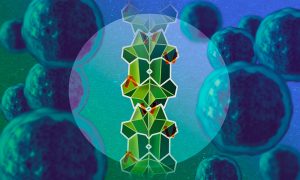
EMBL Hamburg scientists and collaborators discovered a new molecular mechanism in which an unstructured protein disables one of the main cancer-promoting proteins by gluing them into an elongated stack. Data from human patient samples support the role of this mechanism in prostate cancer…
SCIENCE & TECHNOLOGY
27 November 2023

An interdisciplinary collaboration between Hamburg scientists has yielded new insights into the structure and function of a heat-resistant enzyme from an exotic microbe. In this interview, EMBL Hamburg’s Matthias Wilmanns and TUHH’s Garo Antranikian discuss how their collaboration developed and…
SCIENCE & TECHNOLOGY
2023
sciencescience-technology
1 November 2023
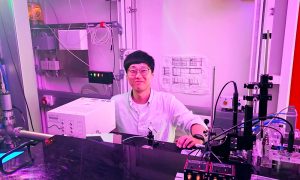
In this interview, Sihyun Sung, Postdoctoral Fellow at EMBL Hamburg, talks about making molecular movies with time-resolved serial X-ray crystallography, his sources of inspiration, and the value of forging deeper connections with friends and colleagues.
LAB MATTERSPEOPLE & PERSPECTIVES
2023
lab-matterspeople-perspectives
10 May 2023

EMBL Hamburg scientists have contributed to the development of the Spitrobot, a ground-breaking experimental setup that will simplify creating molecular movies. The Spitrobot automates the sample preparation for time-resolved crystallography, which is used to create 3D snapshots of protein…
SCIENCE & TECHNOLOGY
2023
sciencescience-technology
1 February 2022

EMBL Hamburg’s Grzegorz Chojnowski from the Wilmanns Group developed software called findMySequence, which identifies proteins’ amino-acid sequences based on electron cryo-microscopy and X-ray crystallography data. It’s useful for identifying unknown proteins in samples from natural sources.
SCIENCE & TECHNOLOGY
2022
sciencescience-technology
25 June 2021
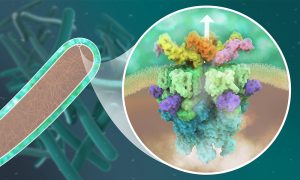
EMBL Hamburg’s Wilmanns and Kosinski groups have determined the detailed structure of a bacterial protein complex critical for tuberculosis infection.
SCIENCE & TECHNOLOGY
2021
sciencescience-technology
6 December 2019
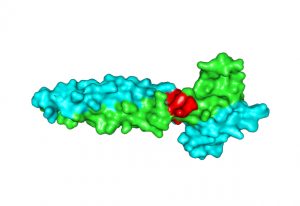
A new paper describes a unique mechanism of partner selectivity in transcription factors.
SCIENCE & TECHNOLOGY
2019
sciencescience-technology
18 February 2019
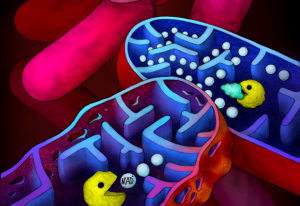
Suicide system in tuberculosis bacteria might hold key to treatment
SCIENCE & TECHNOLOGY
2019
sciencescience-technology
7 November 2018
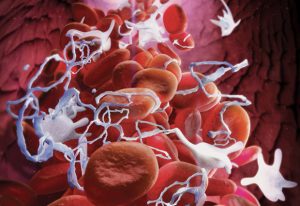
EMBL scientists investigate the structure of a key protein involved in blood clotting
SCIENCE & TECHNOLOGY
2018
sciencescience-technology
11 April 2017
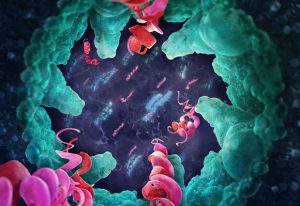
EMBL scientists add crucial knowledge to understanding of the bacterium that causes tuberculosis
SCIENCE & TECHNOLOGY
2017
sciencescience-technology
14 June 2016
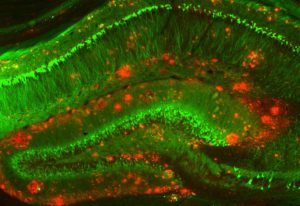
How cells eliminate protein deposits that can lead to neurodegenerative disorders
SCIENCE & TECHNOLOGY
2016
sciencescience-technology
10 May 2016
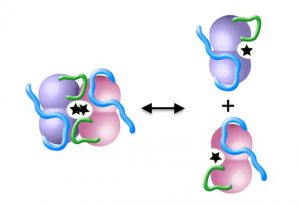
Unexpected results: structure of DAPK enzyme reveals dual-purpose loop
SCIENCE & TECHNOLOGY
2016
sciencescience-technology
24 March 2016
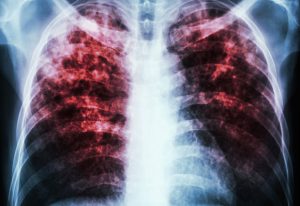
How an EMBL team is making and sharing tools to explore tuberculosis protein structures
SCIENCE & TECHNOLOGY
2016
sciencescience-technology
18 January 2016
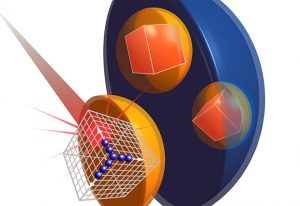
Hamburg collaborators analyse protein crystals inside the cells that made them.
SCIENCE & TECHNOLOGY
2016
sciencescience-technology
14 February 2011
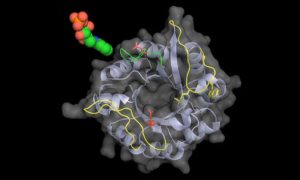
In a paper published online today in PNAS, scientists from the European Molecular Biology Laboratory (EMBL) in Hamburg, Germany, reveal new insights into the workings of enzymes from a group of bacteria including Mycobacterium tuberculosis, the bacterium that causes tuberculosis. The new findings…
SCIENCE & TECHNOLOGY
2011
sciencescience-technology
26 January 2010
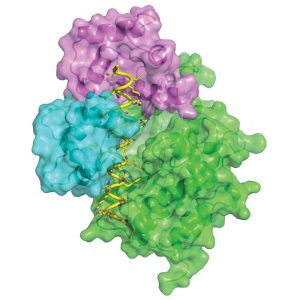
Cells rely on a range of signalling systems to communicate with each other and to control their own internal workings. Scientists from the European Molecular Biology Laboratory (EMBL) in Hamburg, Germany, have now found a way to hack into a vital communications system, raising the possibility of…
SCIENCE & TECHNOLOGY
2010
sciencescience-technology
No results found
















